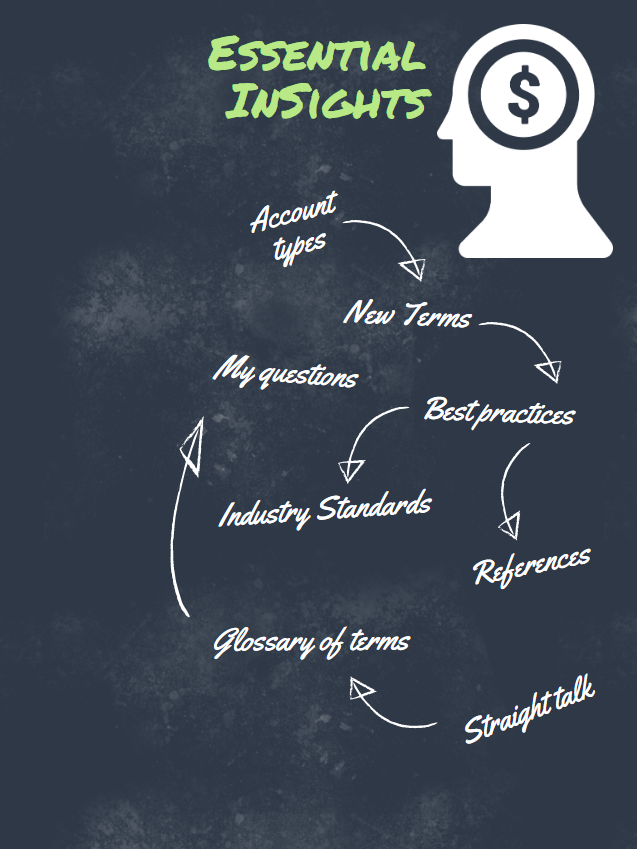Hindsight bias is reading beneficial past events obviously predictable, and bad events as not predictable and without cause (called black swans). In the decade between 1999 and 2009, we have many explanations for poor investment performance. Brokers and talking heads alike have found a litany of blame for the unpredictability and volatility of markets in those times.
Terrorism, irrational exuberance, greed, and lack of oversight are often the source of blame, and it’s easier to call these “black swans” or isolated external impacts on markets. These events are frequently conveyed as unpredictable. Likewise, economic expansion, low borrowing rates, government spending are all seen in hindsight as obviously predictive. The truth is these are both predictive, and neither is predictive. The hindsight bias starts as an attempt to make sense of these events and form a narrative to justify them. The bias is not a history lesson – adding content is not the issue. The bias comes from the now formed belief that the actions were obviously rational because in the end they were fruitful. This is backwards logic, it’s as to say “I didn’t wreck the car because I predicted I wouldn’t wreck the car” after the car was not wrecked.
While these “prediction” events make for great marketing material, they make for poor logic. It assumes that an investor that takes ten outsized bets, sees three pay off well, three perform at market, three underperform and one bankrupt predicted the three that did well. Then in hindsight fills in the actions that prove the three great picks were obvious and predictable, and the bankruptcy is from something impossible to understand. This type of reconciliation after the fact leads an investor to become overconfident in their predictive capabilities, and understate their ability to put together the history in a positive way.
The “best idea” spin:
Once an investor or investment company has those documented success stories they use them to attract new investors for their next ten picks. Believing that the success they had in investments 1, 2 and 3 were representative of their skill and the bankruptcy was unpredictable. This idea to spin the good isn’t new to the sales and marketing people and exploits the bias that events are predictable and through skill and time can be divined. This “feeling” of success is the bias, and that the belief that the next set of ten pick will have something to do with the last ten.

